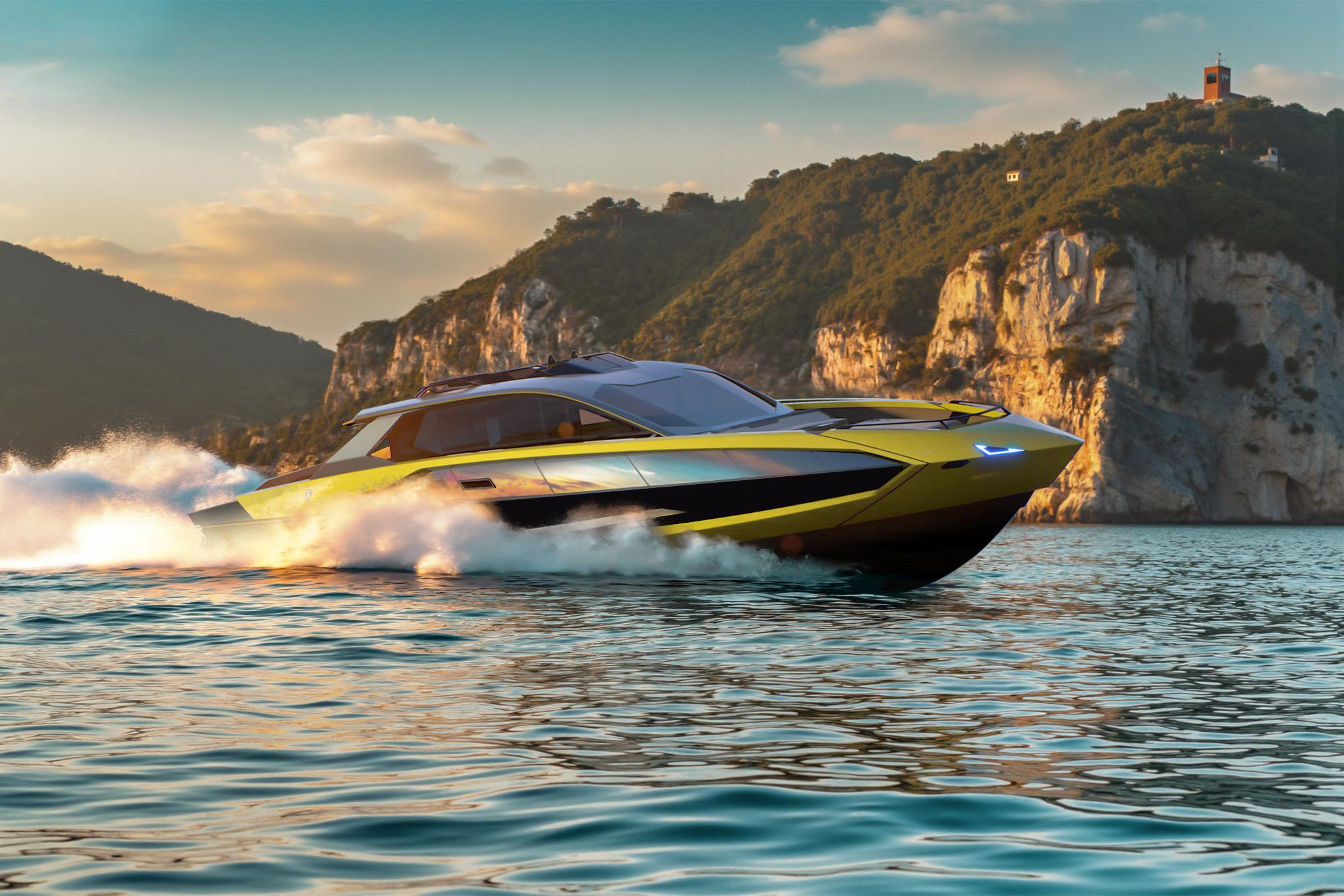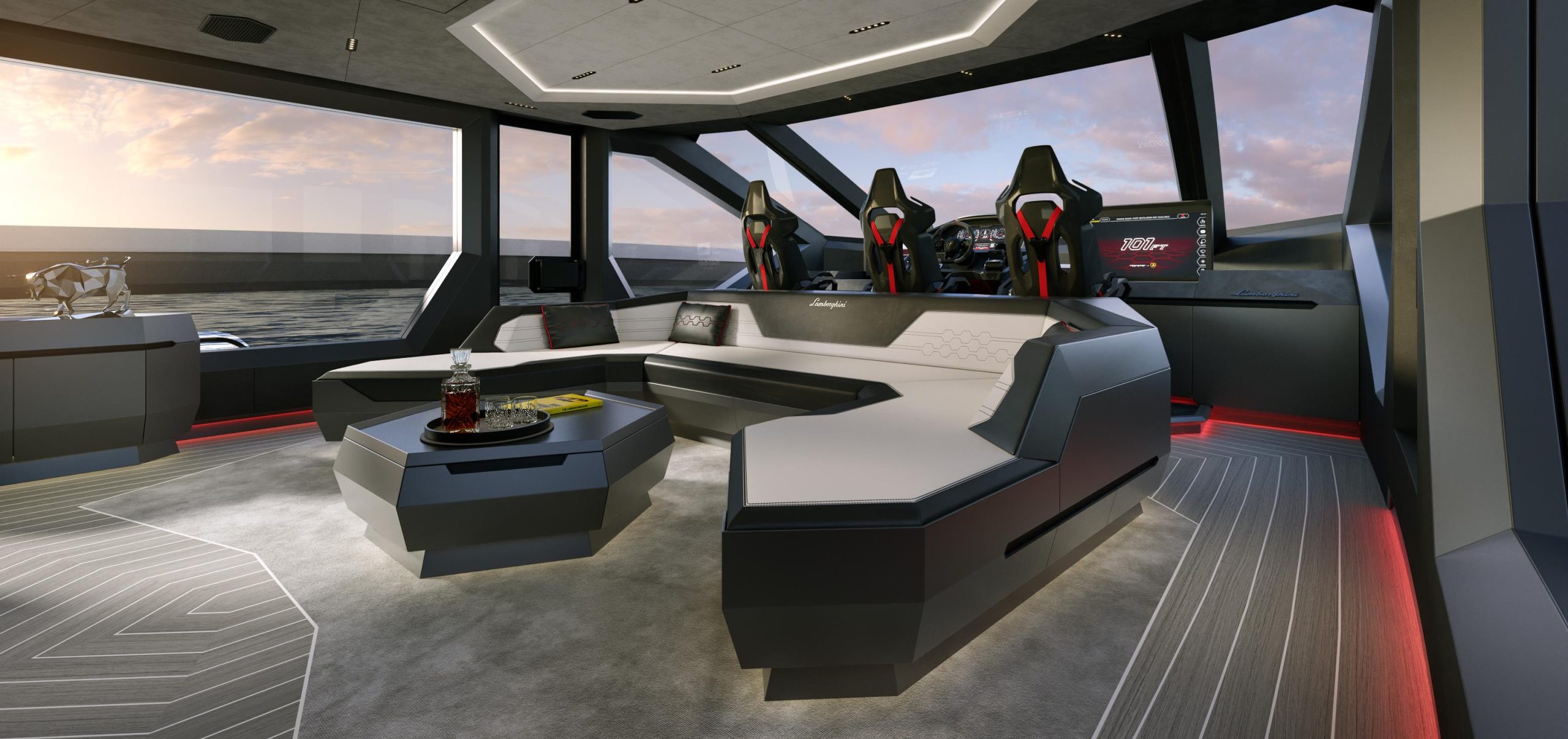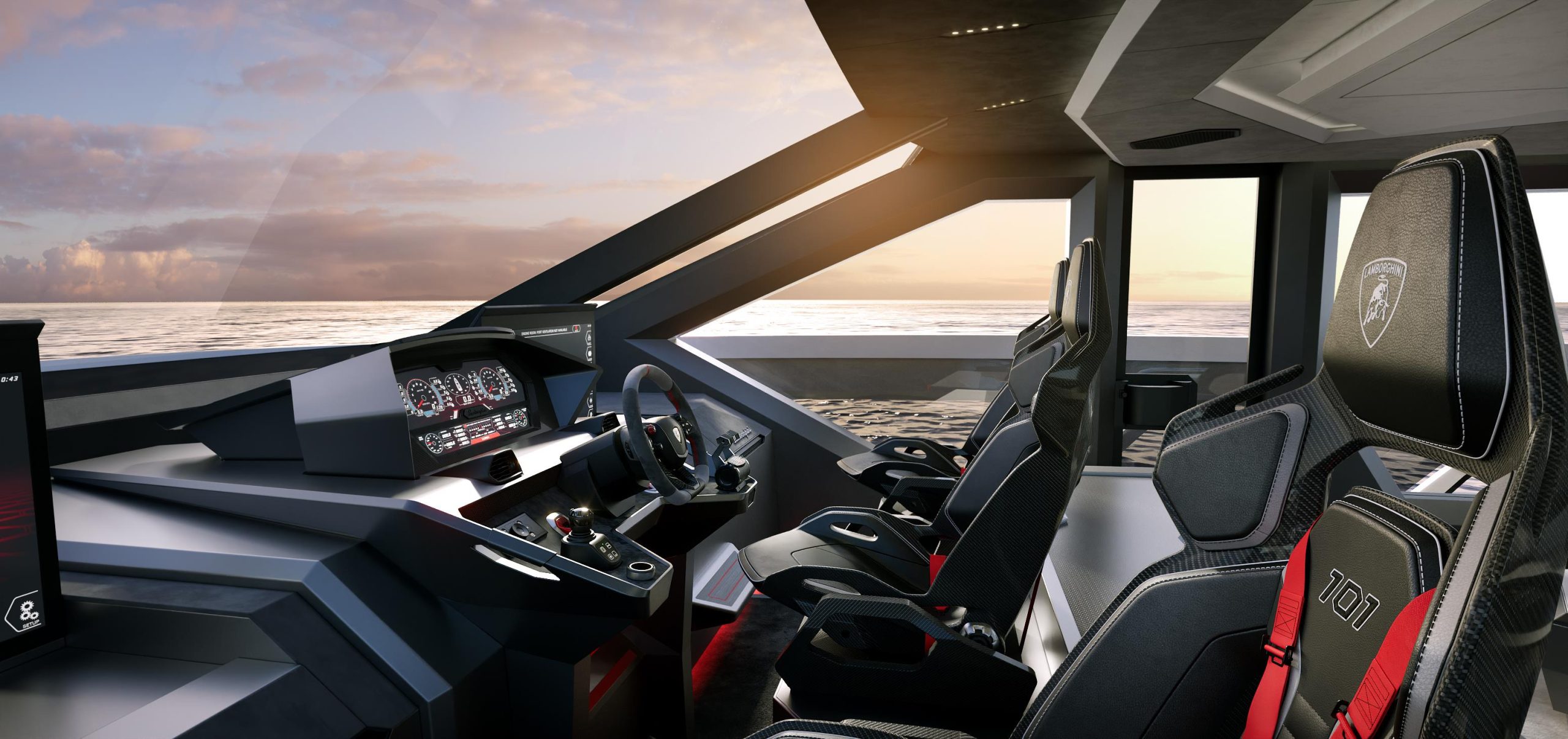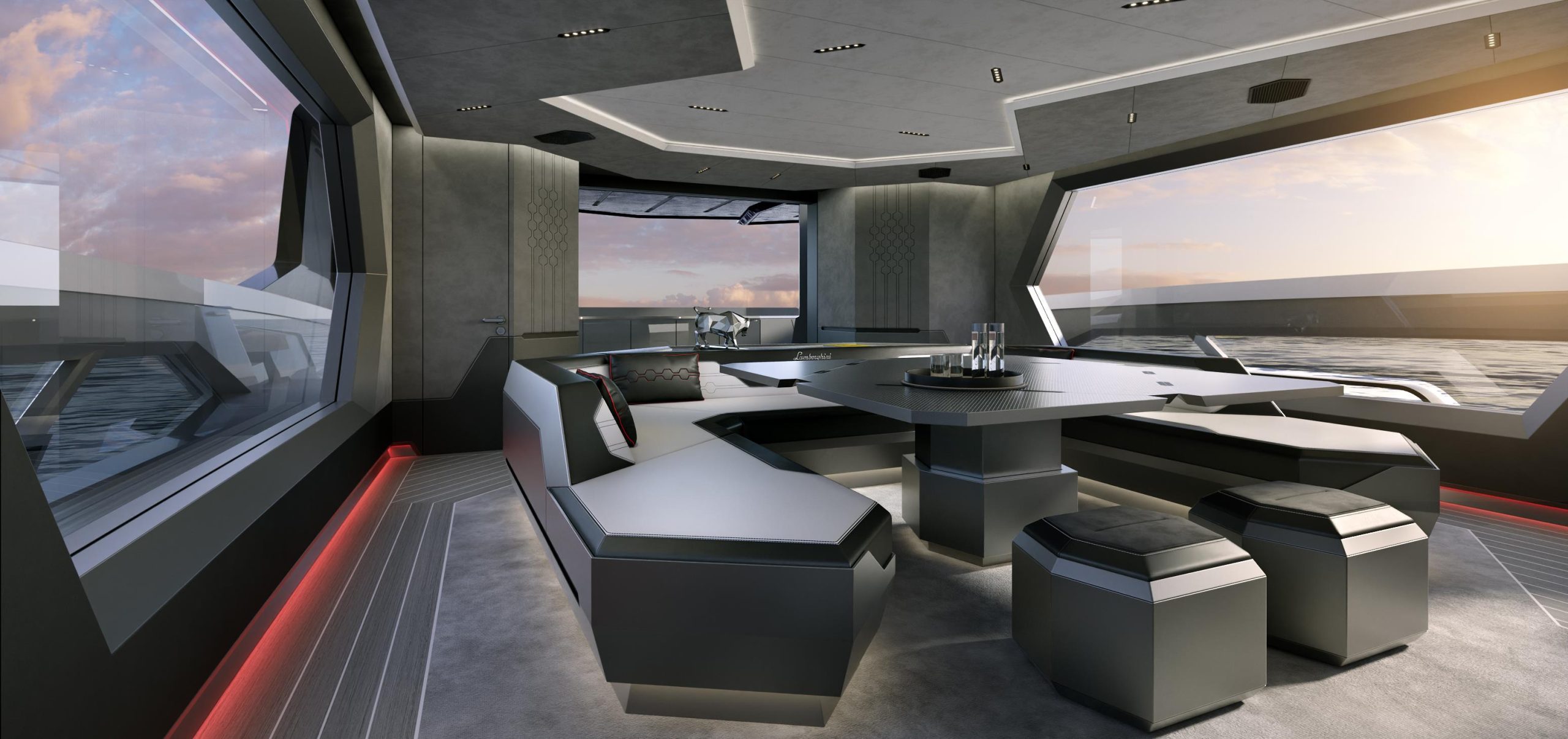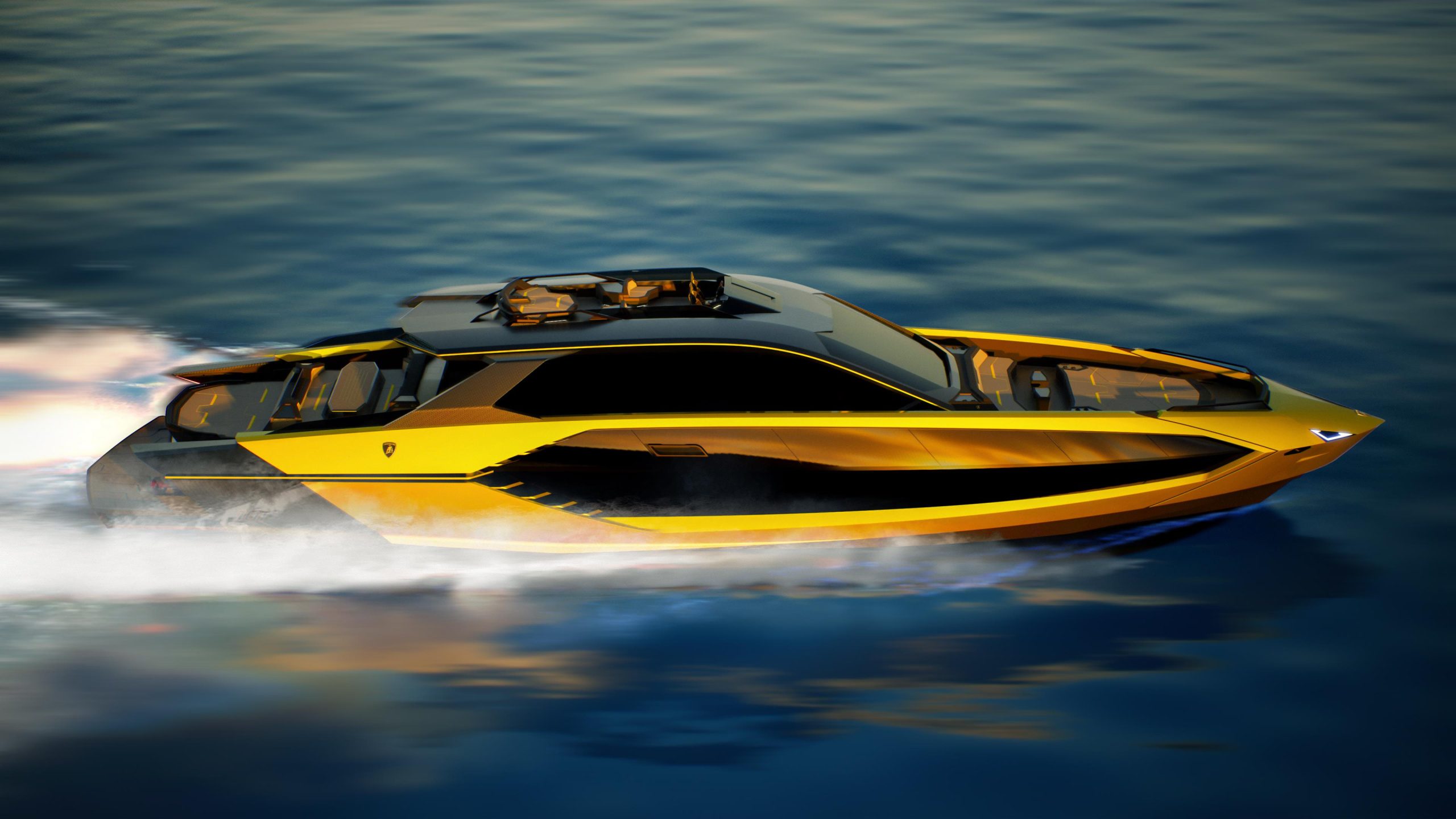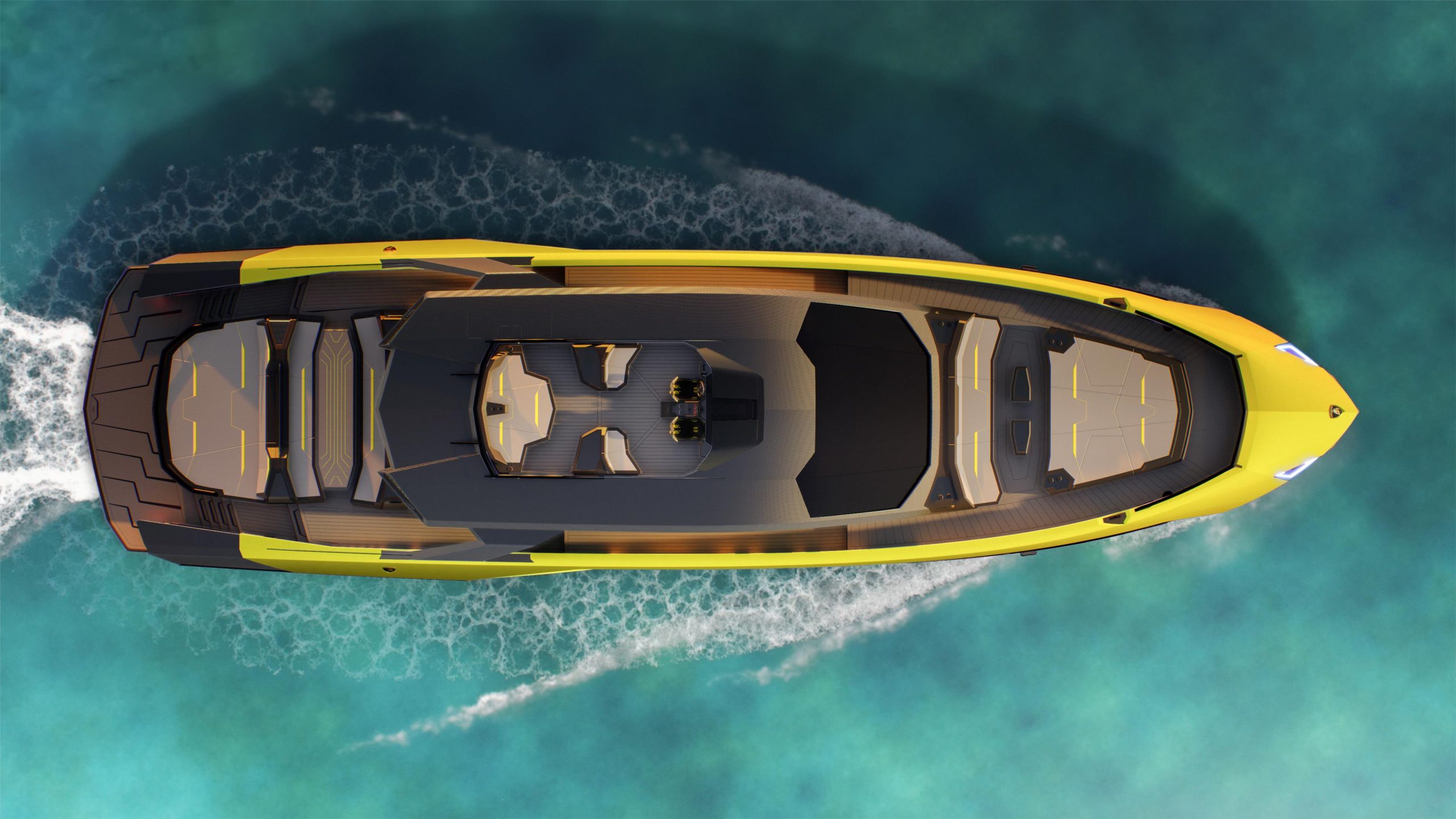Skechers Went After the Customers Nike Didn’t. It Paid Off.
Shoe company has focused on comfort over cool—‘we’re just a different player’
The NBA’s 2023 most valuable player and last season’s top European goal scorer aren’t Nike or Adidas athletes. When playing, they wear what Martha Stewart wears: Skechers .
The shoe company—known for its hands-free slip-in styles—has grabbed the attention of enough people to become the third-largest footwear company in the world by sales. It is on track to net $10 billion in revenue by 2026, without achieving the coolness status that can juice demand for a brand.
Skechers did it by capturing parts of the market that are largely neglected by its competitors. Nike has superstars. Hoka has tapped into hardcore runners. Tech bros are willing to pay up for On shoes . Skechers thrives on retirees looking for comfortable kicks and families looking for something more affordable for their children.
“It’s almost the complete opposite of what the bigger brands do,” John Vandemore , Skechers finance chief, said in an interview. “We’re just a different player.”
Skechers isn’t flashy. Executives say they are in the “foot covering” business, and they work to make those coverings comfy and cheap. Its children’s styles cost around $50, and the brand doesn’t sell the limited releases that can fetch hundreds of dollars. It does, however, make $115 pickleball shoes with Goodyear rubber.
The company gets about two-thirds of its sales outside the U.S. Instead of opening its own stores, Skechers sometimes works with a franchise system and will wait years before investing on its own operations overseas. Skechers executives say they are bigger than Nike in India.
“People try to pigeonhole us into the Nike model or the Adi model, and it just doesn’t work,” Vandemore said. “It doesn’t mean that our model isn’t successful.”
Skechers has also started making soccer cleats and basketball sneakers, and it has scored some superstar endorsers. It added Bayern Munich striker Harry Kane to its roster in 2023, then signed a deal with Philadelphia 76ers star Joel Embiid last year. “You get them because the marketplace didn’t take care of them,” said Skechers Chief Operating Officer David Weinberg .
The company reported sales of $8 billion in 2023, up from $1.8 billion about a decade ago. Investors have taken notice. Over the past five years, Skechers share price has nearly doubled, while shares of Nike and Adidas have declined more than 25%.
Entering the race
Skechers has been run by its founder, Robert Greenberg , for three decades. The 84-year-old chief executive operates the business from its Manhattan Beach, Calif., offices with his son Michael Greenberg as president.
The father-son team doesn’t participate in quarterly earnings calls, and the CEO hasn’t done a major media appearance in about a decade. In 1989, Robert Greenberg sued American Airlines after the company published a photo of him in an in-flight magazine, saying he agreed to be interviewed on the condition that no photographs of him were published.
Skechers didn’t make the Greenbergs available for this article.
The entrepreneur moved to California in the 1970s and got his start in the footwear industry by selling E.T.-branded shoelaces. Greenberg and his son turned that business into L.A. Gear, which became a large athletic-shoe maker in the 1980s with celebrity endorsers such as Michael Jackson .
L.A. Gear ran into trouble when it entered the performance market, sponsoring such athletes as Wayne Gretzky and Joe Montana . Greenberg was ultimately pushed out of the company he had founded. Analysts said that, at the time, the company had expanded too quickly.
Skechers was started in 1992, but sales didn’t take off for decades. Weinberg, the Skechers operating chief who was also an executive at L.A. Gear, said Skechers needed investments in its global operations and time to grow.
Skechers had some success in the 2000s with celebrity ambassadors—including Britney Spears —and later with its Shape-Ups walking shoes in the early 2010s. As the company expanded, there was some fluctuation in the results, Weinberg said, and people began to think that it was a boom-or-bust business.
“Today, there’s no shoe, no category, no customer, no geography that is a make or break for us,” Weinberg said.
Filling holes left by rivals
Skechers shifted in recent years into the performance arena to fill what its leaders see as openings left by Nike and others.
The business got a boost from Nike’s decision during the pandemic to exit many retailers that catered to lower-income consumers and focus on selling directly to consumers. Nike also cut back on styles that sold for less than $100.
In late 2023, Nike sued Skechers, claiming its rival was infringing on Nike’s patents for its Flyknit technology for seamless shoes. Skechers responded that the lawsuit was baseless and an example of Nike using its financial resources to stifle competition. The case is pending.
Skechers executives said they are still more interested in creating comfy shoes than signing the most expensive athletes. On its website, the company dedicates a section to showcase its comfort technologies.
Maria Afsharian is a convert. The Montclair, N.J., real-estate agent wore only sandals and had given up on sneakers because she couldn’t find ones that wouldn’t hurt her heels. Last year, her chiropractor recommended Skechers.
“I don’t even think about my feet anymore,” Afsharian said. The 59-year-old said the Skechers Go Walk shoes have made her more active, and she doesn’t get blisters anymore. “Since I have these, I’m unstoppable,” she said.
Skechers does work with designers, street artists and celebrities, but executives said they don’t rely on projects that are limited releases because they don’t think limited releases generate the same hype and awareness as they do for other brands.
“That’s not really our consumer,” said Vandemore, the finance chief. “That’s not what somebody’s looking for us to do.”
 Copyright 2020, Dow Jones & Company, Inc. All Rights Reserved Worldwide. LEARN MORE
Copyright 2020, Dow Jones & Company, Inc. All Rights Reserved Worldwide. LEARN MORE
A divide has opened in the tech job market between those with artificial-intelligence skills and everyone else.
A 30-metre masterpiece unveiled in Monaco brings Lamborghini’s supercar drama to the high seas, powered by 7,600 horsepower and unmistakable Italian design.
A 30-metre masterpiece unveiled in Monaco brings Lamborghini’s supercar drama to the high seas, powered by 7,600 horsepower and unmistakable Italian design.
When Lamborghini takes to the water, subtlety isn’t on the agenda. Unveiled at the Monaco Yacht Show, the Tecnomar for Lamborghini 101FT is a 30-metre superyacht that fuses Italian automotive theatre with cutting-edge naval engineering.
The model builds on the collaboration that began in 2020 with the Tecnomar for Lamborghini 63, a sell-out success that celebrated the marque’s founding year.
This new flagship pushes the partnership between Automobili Lamborghini and The Italian Sea Group to a grander scale, designed to deliver the same adrenaline rush at sea that drivers expect behind the wheel.
“The Tecnomar for Lamborghini 101FT redefines the concept of nautical luxury,” said Stephan Winkelmann, Chairman and CEO of Automobili Lamborghini.
“It is not only a yacht, but an affirmation of Italian excellence. The Italian Sea Group and Automobili Lamborghini share an exclusive clientele who are passionate about beauty, technology, and extreme performance.”
Design cues are unmistakably Lamborghini. The yacht’s sharp exterior lines echo the Fenomeno supercar revealed at Monterey Car Week, complete with Giallo Crius launch livery and signature Y-shaped lighting.
Inside, the cockpit and lounges mirror the DNA of Sant’Agata supercars through hexagonal motifs, sculptural seating and dramatic contrasts. With accommodation for up to nine guests and three crew cabins, indulgence meets practicality on every deck.
Performance is equally uncompromising. Three MTU 16V 2000 M96L engines and triple surface propellers generate a combined 7,600 horsepower, driving the yacht to 45 knots at full throttle, with a cruising speed of 35 knots. Two 35 kW generators provide additional efficiency and reliability, ensuring the yacht’s power matches its presence.
Mitja Borkert, Lamborghini’s Design Director, said: “With the Tecnomar for Lamborghini 101FT, we aimed to create a product that embodies the main design characteristics of our super sports cars. All the details, from the exterior to the colour, to the interior areas, recall and are inspired by Lamborghini’s DNA.”
Presented in scale at Monaco, the definitive Tecnomar for Lamborghini 101FT is scheduled to hit the water at the end of 2027. For those who demand their indulgence measured not only in metres but in knots, this is Lamborghini’s most extravagant expression yet.
From Italy’s $93,000-a-night villas to a $20,000 Bowral château, a new global ranking showcases the priciest Airbnbs available in 2026.
With two waterfronts, bushland surrounds and a $35 million price tag, this Belongil Beach retreat could become Byron’s most expensive home ever.


















